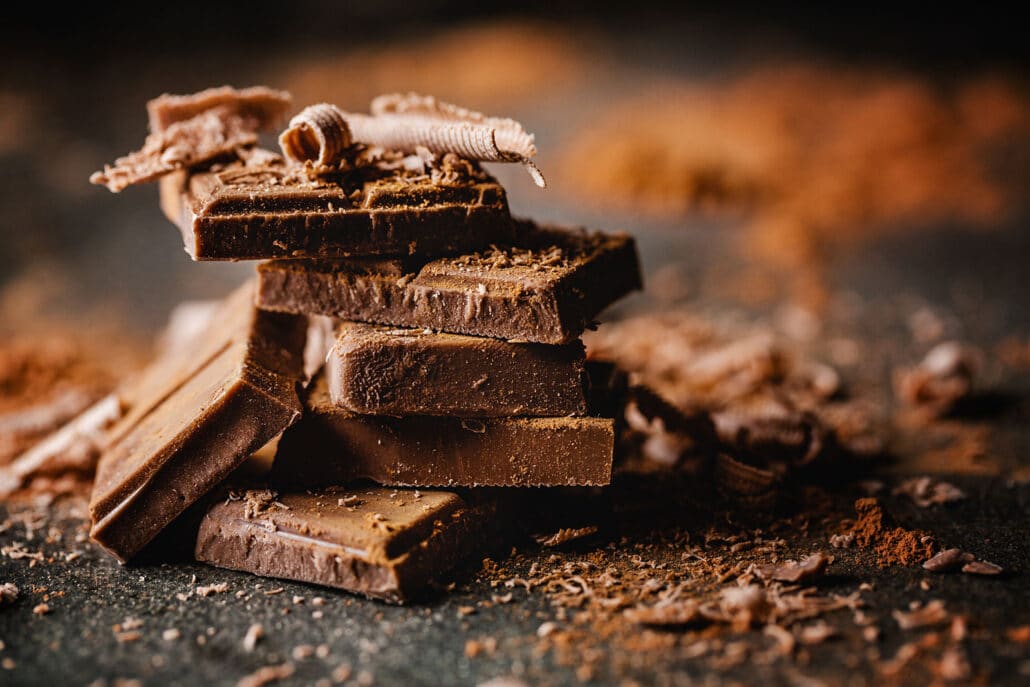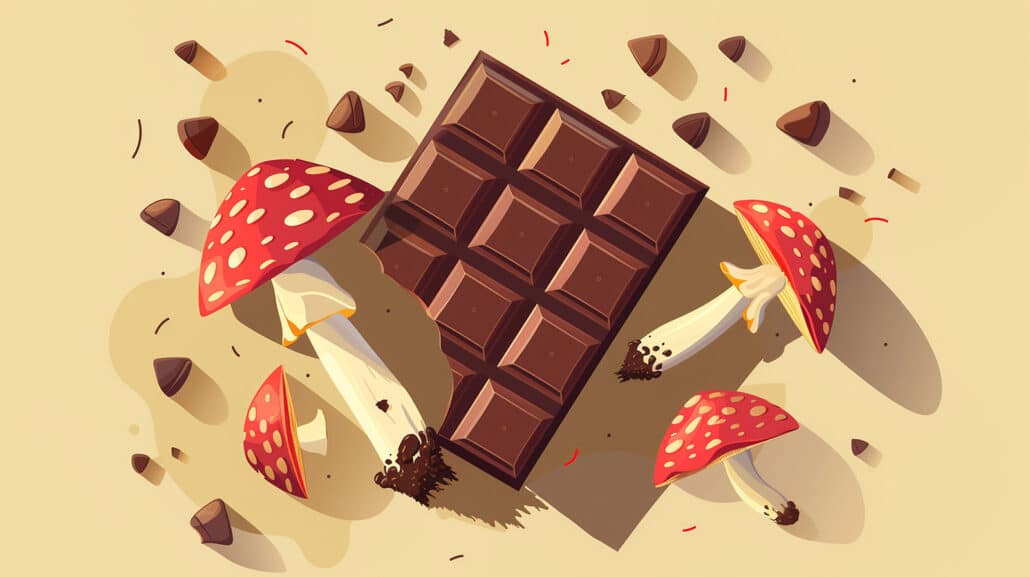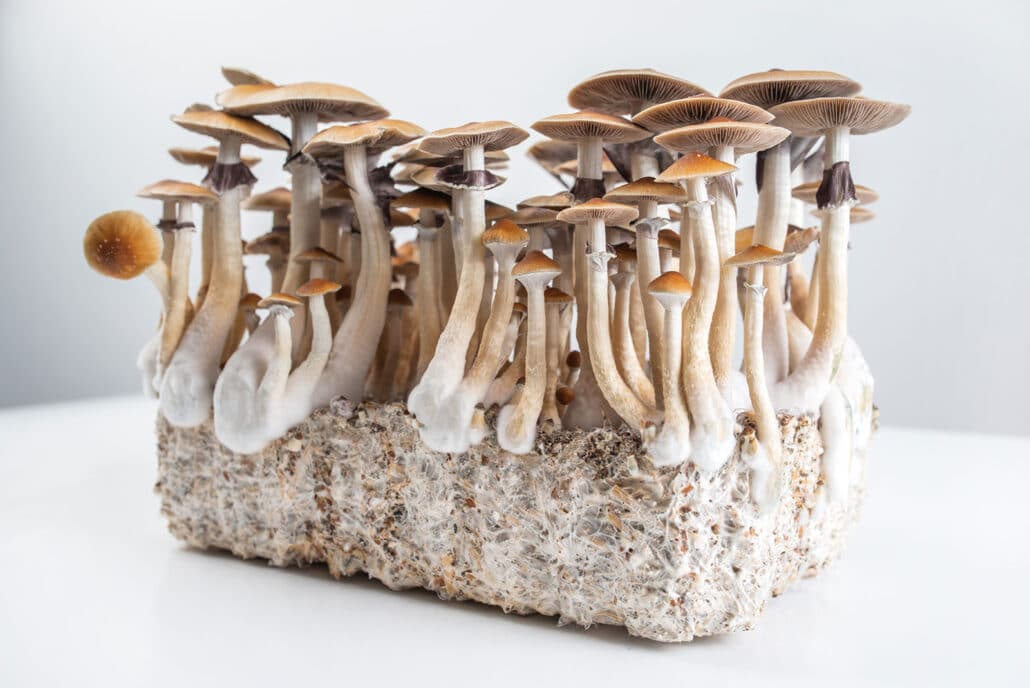Although recreational drugs pose many risks and are generally unlawful, the use of psychedelic drugs, such as magic mushrooms, remains popular in the United States.
To help you understand those drugs, we’ll explain how shroom bars work and their dangers. We’ll also discuss the medical uses of those hallucinogens and different types of mushrooms. So, stick around!

Table of Contents
Types of Mushrooms
Mushrooms come in various shapes and sizes, each with its own unique features. The most common one is Lion’s Mane, known for its shaggy appearance and believed to be good for your brain. Then there’s the everyday Agaricus bisporus, with white button and portobello varieties, commonly found in kitchens.
Meanwhile, there are psilocybin mushrooms, famous for their mind-altering effects. Shiitake mushrooms not only taste good but might have some health perks, too. Reishi mushrooms, shiny and known in Eastern medicine, are also getting attention for possible health benefits when turned into extracts.
Speaking of extracts, some people are into mushroom extracts like the ones from Lion’s Mane, Chaga, and Reishi. They think these extracts can be used as a supplement to boost your immune system and keep you feeling good. Oyster mushrooms are said to be delicious and may be good for you, add to the mix. Maitake mushrooms are said to be good for your immune system, too.
But, you gotta be careful, especially with those psilocybin mushrooms. Research on them needs to be super careful, thinking about both the good and not-so-good stuff. Also, there are Enoki mushrooms, those skinny ones in Asian dishes, adding even more variety to the mushroom world.
There are also toxic or poisonous mushrooms like amanita, death cap, funeral bell, fly agaric, false morel, Cortinarius, and others.
It’s crucial to note that while mushrooms offer intriguing possibilities for health and wellness, caution should be exercised, especially concerning psychedelic mushrooms like psilocybin mushrooms, LSD, mescaline, and DMT, as they give a consumer a psychedelic experience a temporary altered state of consciousness.
The exploration of these substances for medical purposes should adhere to rigorous research standards and consider the potential risks and benefits associated with their use when involving medical conditions.

What Are Shroom Bars?
As the name implies, shroom bars or shroom chocolates are a food product consisting of chocolate and magic mushrooms (also known as psychedelic mushroom chocolate bars or magic mushroom chocolate bars). The latter contains an active ingredient, psilocybin, a psychoactive compound.
Typically, the mushrooms contain around 0.2 to 0.4% of the hallucinogenic substance, depending on the variety.
Additionally, those fungi contain a trace amount of psilocin, another psychedelic substance. Both of these compounds are responsible for the mind-altering effects of the mushrooms, which can vary from one person to another.
Now, you might wonder: why do people add chocolate to the mushrooms? Well, that’s to make the shrooms taste better. Of course, chocolate and mushrooms aren’t particularly delectable. However, the fungus alone is unpleasant.
As a result, many recipes, like shroom bars, mushroom gummies, candy bars, and other mushroom blends, were created to make the substance taste better.
Aside from physical and mental side effects, those shrooms pose other health risks thanks to their large number of varieties. You see, there are more than 200 species of magic mushrooms. The problem is that most fungi look alike, with long whitish-gray stems and brown caps.
Consequently, people can often mistake poisonous shrooms for psilocybin-containing mushrooms or edible mushrooms. In fact, around 7,500 mushroom poisoning incidents occur annually in the USA because of misidentification.

How Do Shroom Bars Work?
Shroom bars are hallucinogenic drugs. Those drugs contain natural psychoactive compounds, such as psilocybin and psilocin, that act on the nervous system and alter perception.
When ingested, the chemicals cause the person to hear, feel, and see stuff that isn’t real, which is known as “getting high” or “experiencing a trip.”
How Do Shroom Bars Affect the Brain?
Psilocybin and psilocin have a similar structure to serotonin, a neurotransmitter that regulates mood, including happiness and anxiety. It also plays a significant role in other physiological processes, such as cognition, sleep, digestion, and reward.
Since those chemicals resemble the neurotransmitter, they activate the corresponding receptors in the brain. One particular serotonin receptor those chemicals bind to is the 5-HT2A receptor. The former is present in brain areas responsible for cognition and memory.
Additionally, research suggests that the 5-HT2A receptor plays a role in mental disorders such as schizophrenia. That explains why the mushroom mimics schizophrenia symptoms, including delusions and a distorted sense of reality.
Aside from the receptors, those hallucinogenic compounds also affect the Default Mode Network (DMN). The former is a neural network in the brain that’s active during internal cognitive processing.
That means DMN is at its highest activity level during self-reflection and daydreaming. Those brain portions also allow us to think back to the past as they compile day-to-day information and play different roles in memory.
In contrast, DMN is less active when performing externally goal-directed activities and tasks that require attention to detail.
Psychedelic drugs decrease the activity of DMN, causing the brain to resort to other new connections. That might play a role in the creativity-enhancing effects some people experience with psychedelics.

Dangers of Shroom Bars
From the above, you can see that shroom bars alter the brain’s natural functions, which can lead to several risks, including:
Side Effects
Magic mushrooms can cause negative mental and physical effects. Some of the unpleasant mental side effects include:
- Mood changes
- Anxiety and panic attacks
- Disorientation
- Paranoia
- Mood changes
- Psychosis
As for the physical side effects, those include:
- Numbness
- Nausea
- Muscle weakness and convulsions
- Increased blood pressure, heart rate, and temperature
- Headaches
- Dilated pupils
- Drowsiness
Tolerance and Dependency
Like most drugs, long-term use of shroom bars develops tolerance and drug dependency within the body.
The problem with psychedelic addiction is that it can result in a withdrawal syndrome. Sure, shroom bars aren’t as dangerous as CNS depressant drugs, stimulants, or opioids.
However, the former can also cause unpleasant experiences, such as memory loss, fatigue, irritability, and hallucination flashbacks, when quitting cold turkey.
Even worse, tolerance could lead to consuming large amounts to achieve the same effects, resulting in overdose symptoms. Those include:
- Longer, intense trips
- Agitation
- Vomiting and diarrhea
- Panic and psychosis
- Seizures
- Potential death
Bad Trips
Bad trips are a common side effect of magic mushrooms. Instead of experiencing euphoria, bad trips result in frightening hallucinations and upsetting thoughts. Consequently, people become more anxious and paranoid.
Not to mention, the shrooms can cause people to attempt self-harm as they alter mood and perception.
For instance, individuals under the influence of hallucinogens can do actions they’d never attempt when sober, such as jumping off a building.
Additionally, there’s the risk of accidental poisoning. Since psychedelics alter consciousness, people can ingest alcohol or other substances that can interact with psilocybin and cause drug toxicity.

What Are the Uses of Shroom Bars?
As mentioned earlier, shroom bars affect the DMN, which is associated with increased self-awareness. High activity of those brain portions is linked with schizophrenia patients with impaired cognitive function. Additionally, increased DMN activity is associated with depression.
So, shutting down DMN can improve cognition and help schizophrenic patients perform their daily tasks better. It can also elevate the mood and stop negative rumination cycles in severe depression.
What’s more, according to John Hopkins research, psilocybin might be effective in treating addictions such as nicotine, alcohol, and opioids. It might also help treat other disorders, including anorexia and PTSD.
That said, it’s important to note that the consumption of psilocybin-containing substances is illegal in many countries.
The former compounds are classified as schedule I drugs. Substances that fall into that category have a high potential for misuse. Plus, they have no currently accepted medical use in the US.
Even in places where it may be legal, it should only be done under the guidance of a qualified healthcare provider and not for recreational purposes. That’s because psilocybin can have powerful effects on the mind and cause intense experiences that can be life-threatening.
Conclusion
As you can see, shroom bars could cause several mental and physical side effects on someone’s well-being. Additionally, long-term use of the chocolate mushroom mix can cause tolerance and dependency, which can lead to overdose symptoms. There’s also the potential for bad trips and accidental poisoning.
However, some research suggests that shroom bars could have therapeutic benefits, particularly for treating mental health conditions like anxiety and depression.
That said, the use of shroom bars remains illegal, and people shouldn’t consume them for health benefits unless under the supervision of an experienced doctor.
Published on: 2023-02-24
Updated on: 2025-03-13

